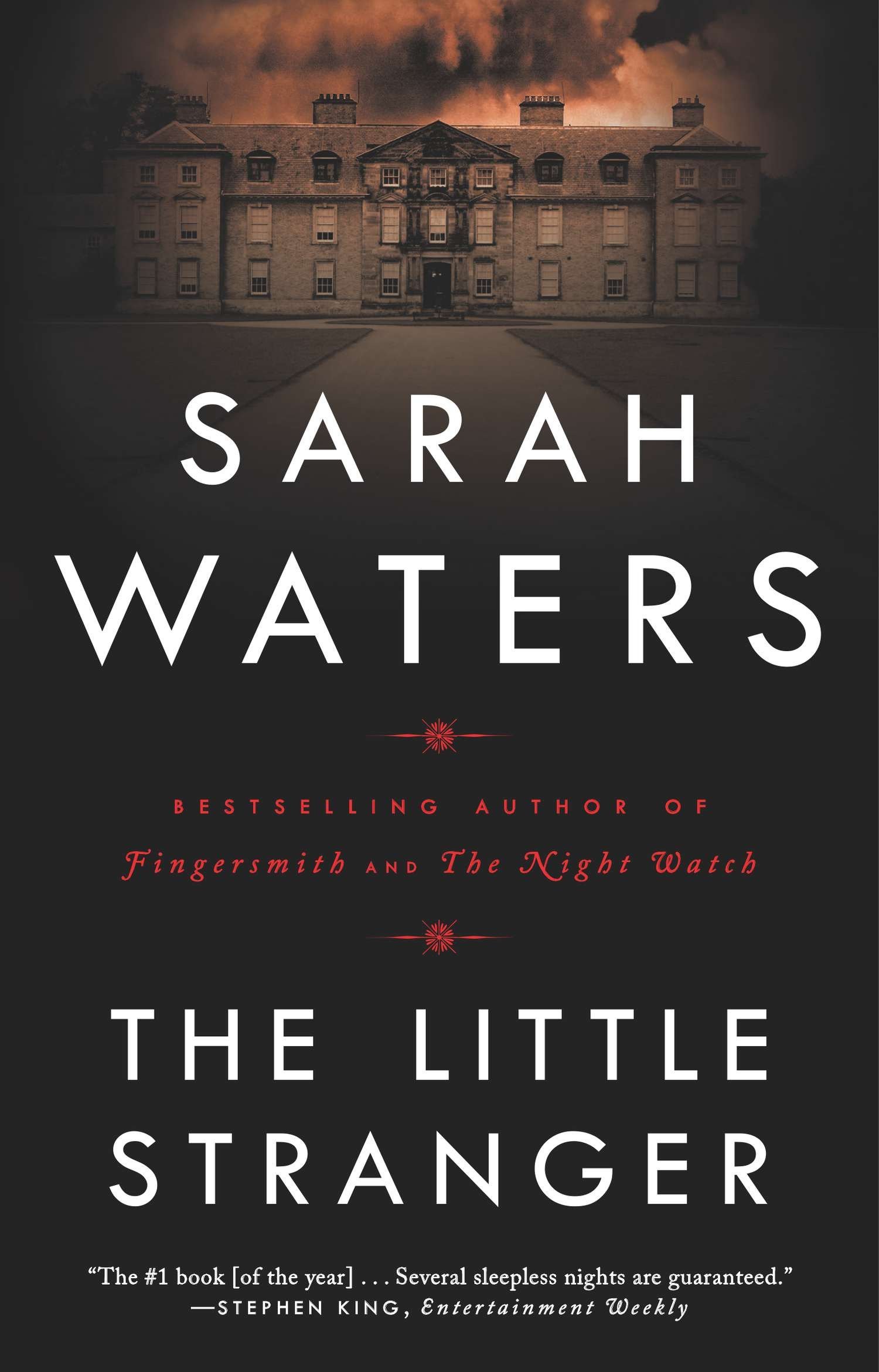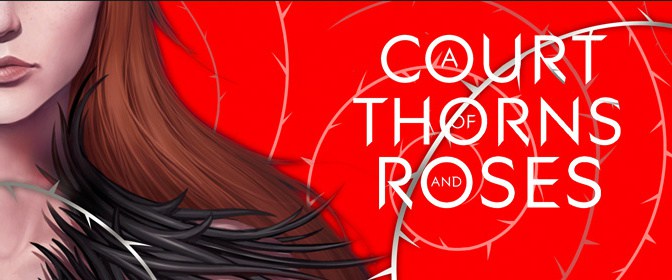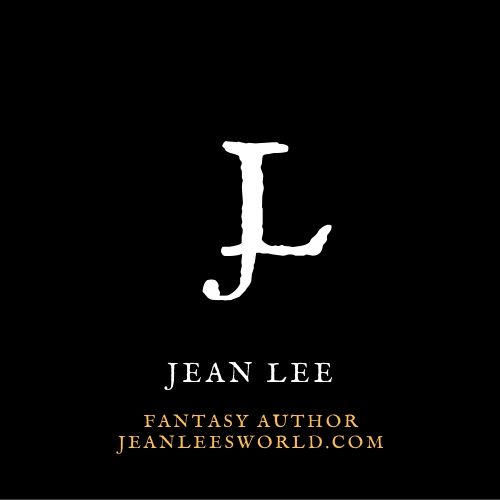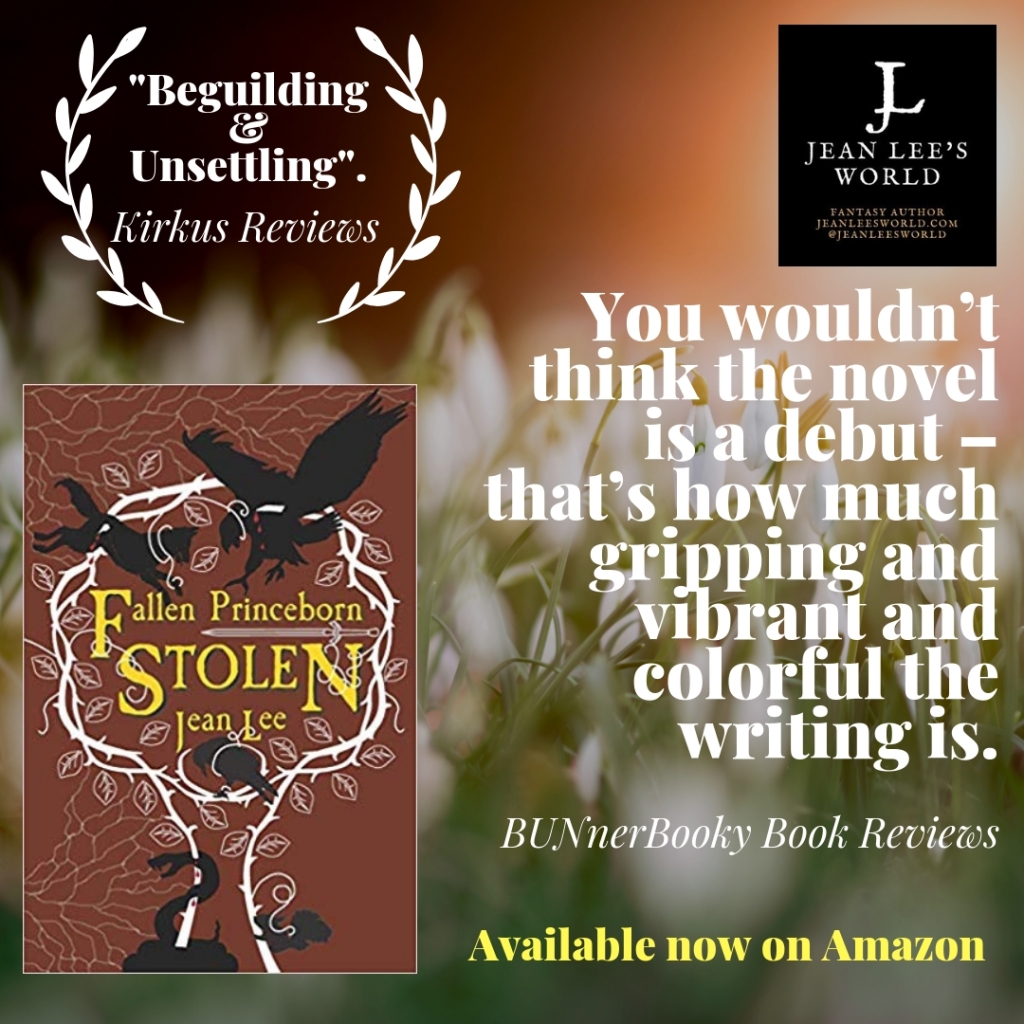As readers, we build upon our knowledge of previous stories to create expectations. If someone tells us their story is “Thomas the Tank Engine meets Dracula,” we expect some sort of life-sucking creatures living among talking vehicles. If someone says they’ve done a retelling of, say, “Alice in Wonderland with some Resident Evil thrown in,” then we expect a heroine stumbling into another world filled with zombies, puzzles, and big bad monsters.
As writers, we want readers to know they’re going to like our book. We need to show them the book has stuff they like. That’s why we cling so to the subgenres and the comparisons. “If you like Beauty and the Beast, you’ll love this! If you like ghost stories, you’ll love this!”
But there’s a problem with such expectations: They have to pay off in a way readers will accept. Is it safe to delay those expectations, or derail them entirely?
Let’s look first at delaying them. Take Sara Waters’ The Little Stranger.
Riveting trailer, isn’t it? Eerie, dramatic, a ghost story through and through. The tension builds from the first second to the last. I saw the trailer while checking Facebook for pictures of my niece and nephew. The trailer popped up on my feed, and I was hooked! I NEEDED to read the book before I see the movie…eventually. (Hey, babysitters are expensive.)

The prose is beautiful, of course. Waters walks readers through Hundreds estate one step at a time. We see every wall, every room, every window, every garden. We feel like we’re there.
But unfortunately, this is also part of the problem. For a story advertised as “A chilling and vividly rendered ghost story set in postwar Britain,” it takes 150 PAGES for the paranormal element to reveal itself.
Think about that. What if it took Alice fifteen chapters to find the rabbit hole, and you spent the first half of the book just gabbing with her sister? What if Poirot wasn’t called to investigate a murder until the tenth chapter, the previous chapters all about him enjoying London? I’m sure he’d be fun as a tour guide, but come on–that’s not why I picked up his book.
Beautiful writing or no, if a book is categorized as under a specific genre like ghost story, then it’s fair to expect that genre dominates the book. It’s not like Waters’ characters had to see blood on the walls by Chapter 2, but I’ve no doubt that in all their wandering through the house in the first 150 pages Waters could have dropped a few peculiar touches to promise us readers that yes, the ghostliness is coming if we just hold out a little bit longer.
The same problem arises with likening a story to one we already know. Several reviews called Sarah J. Maas’ A Court of Thorns and Roses a retelling of Beauty and the Beast, and many of the elements of the book pay off to that expectation: girl Feyre kills a wolf who turns out to be a Faerie, so she’s told by a Faerie High Lord named Tamlin she must come to his court as a consequence. His court’s cursed by an evil queen, and Feyre’s love of Tamlin is a key to breaking the curse. She breaks the curse, the queen dies, they all go home, the end. Not a bad following of B&B, sure. BUT: this is Book 1 of a series.
Beauty and the Beast ends with that broken curse (no matter what Disney says). Where is there to go?
Helter Skelter, apparently. In the second book, A Court of Mist and Fury, we find out Tamlin is actually a really nasty possessive jerk and one of the evil queen’s henchmen who is another High Lord is secretly a really nice guy who’s been dreaming about Feyre for years, so they get to fall in love and have lots of sex and so on.
Say WHAT?
Hearing a story is akin to Beauty and the Beast establishes a very specific set of expectations in the reader’s mind: thoughtful female, misunderstood male cursed in appearance, and their love conquers all. Maas builds the relationship of Feyre and Tamlin with every touch of love and understanding, right down to the moment Feyre’s paintings speak to Tamlin’s inner struggle in helping his people. When Feyre faces the evil queen, she says time and again she’s fighting for her love, Tamlin.

Yet in Chapter 1 of Mist and Fury, we’re hearing that Feyre is vomiting and can hardly sleep. Tamlin’s as much of a wreck, but they don’t talk. They’re going to get married, but Feyre is dreading the wedding so much she’s praying to be saved. This calls in Rhys, that other High Lord who was once the evil queen’s henchman. He carries her off to his court, and from this point we realize just how traumatized Feyre is from her trials under the evil queen. Chapter by chapter we see that Rhys is the one who truly understands Feyre, noble and kind, willing to put all he has on the line for the sake of protecting those he loves.
Gosh, this sounded familiar to me. The first impression of a brute, a cad, a wicked man who surely cares nothing about others, but upon second look is actually very kind, noble, self-sacrificing….
Hey, that’s Pride and Prejudice!
Rhys is the handsome, brooding Mr. Darcy in faerie form, deeply misjudged by Feyre in the first book because she’s so taken with her Mr. Wickham–I mean, her Tamlin. Only as she spends time with Rhys/Mr. Darcy character does she see the depth of his goodness, and therefore more clearly sees Tamlin/Mr. Wickham’s truly vile nature.
At first, I couldn’t understand why Maas simply hadn’t called this series a re-imagining of Pride and Prejudice. Readers would have walked into the series with the correct expectations. They’d have known Tamlin was all wrong for Feyre, even as the relationship grows in Thorns and Roses.
But those correct expectations come at a cost: killing the surprise.
Readers want to be surprised. They want to not know what’s going to happen next. But they don’t like a bait’n’switch pulled on them, either. So, I went back into Thorns and Roses to see if Maas had put any foreshadowing of the relationship breaking.
Sure enough, I find a few spots.

Shortly before Tamlin and Feyre talk about her art, she is wondering if she should live elsewhere so she doesn’t distract Tamlin from fighting rogue monsters.
[Tamlin] laughed, though not entirely with amusement… “No, I don’t want you to live somewhere else. I want you here, where I can look after you–where I can come home and know you’re here, painting and safe.” (206)
This is exactly what he expects of her in those first chapters of Mist and Fury–to be content painting on his estate forever and ever. He pushes this so hard he even locks her in the house so she can’t escape.
The last chapter of Thorns and Roses shares a good deal of Feyre’s pain after taking two innocent lives during the evil queen’s trials. Even when she’s back with Tamlin, she feels that something’s come apart in her.
Tomorrow–there would be tomorrow, and an eternity, to face what I had done, to face what I shredded into pieces inside myself while Under the Mountain. (416)
Maas sewed the seeds for this relationship’s end, but with expectations centered around a Beauty and the Beast kind of story, readers like myself were all too keen to ignore those seeds. Yet if Maas had allowed marketing to tie her series to Pride and Prejudice, aaaall that romantic tension between Feyre and Tamlin in Thorns and Roses would have been a waste of time.
I wish I had the answer to this writer’s problem. I want readers to read my stories and not feel duped or betrayed.
Perhaps it’s the reader’s responsibility not to think writers are going to follow a paint-by-numbers approach for a genre or a retelling.
But it’s equally the writer’s responsibility not to depend on that genre or retelling as a selling crutch. Your story has been and always will be more unique than that.
Read on, share on, and write on, my friends!


